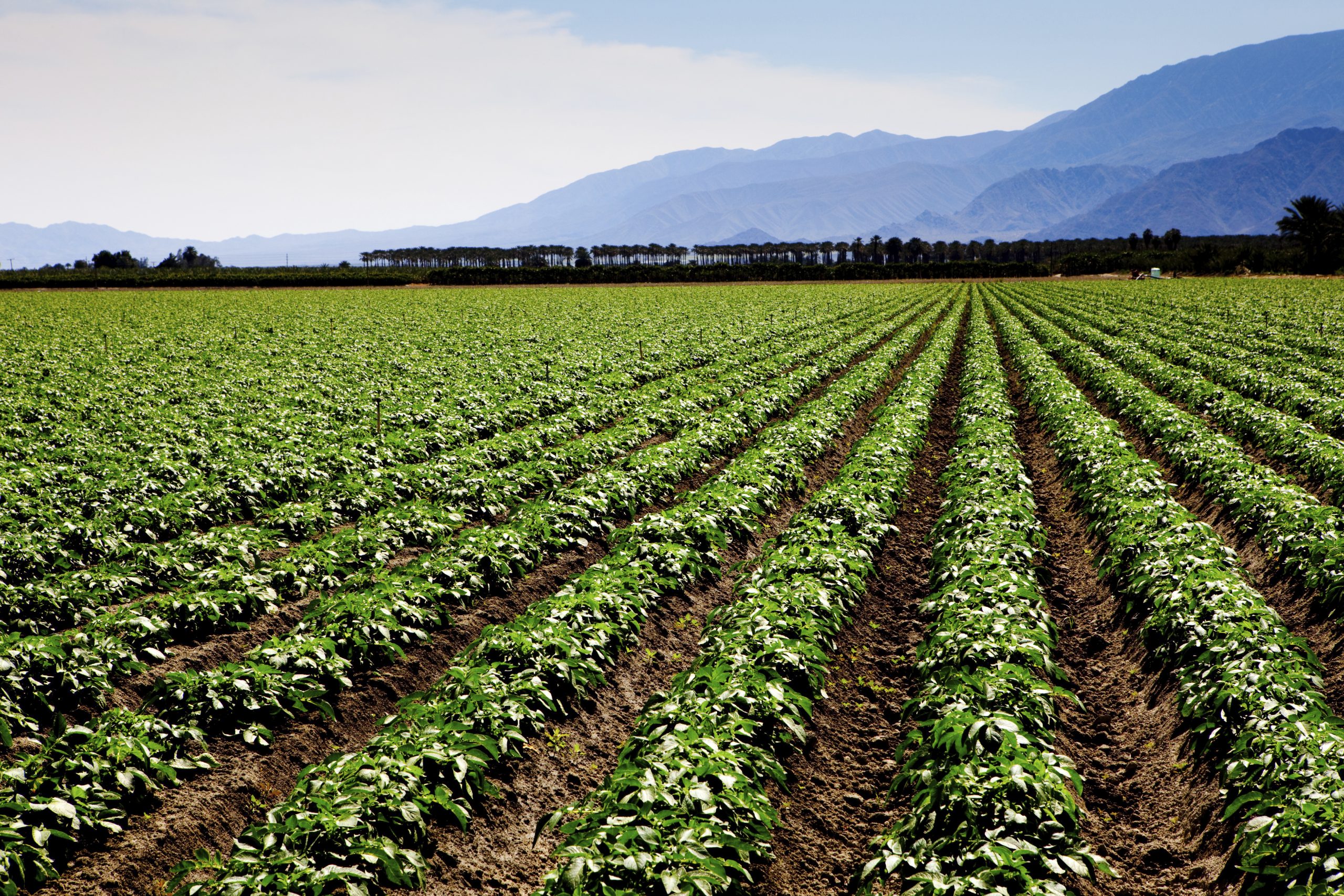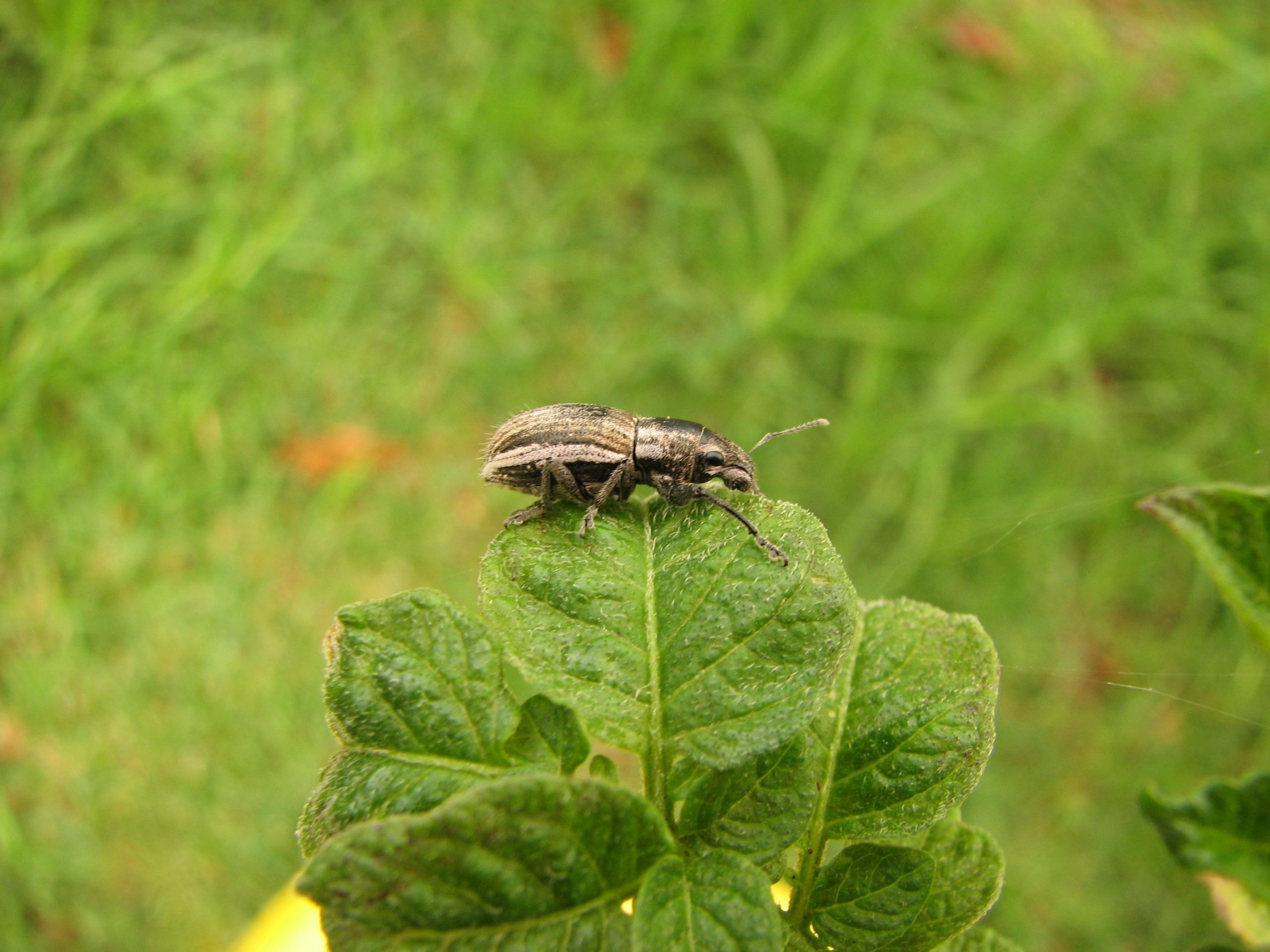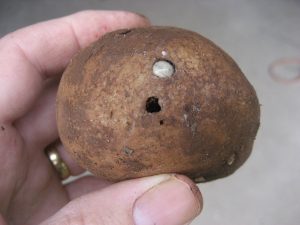
Research program puts plant health under the microscope
13 March 2020
Controlling pink rot in Australian potatoes
13 March 2020In an article published in October 2016, we looked back on a three-year levy-funded project that aimed to improve the management of white-fringed weevils in potatoes. Dr Paul Walker from the Tasmanian Institute of Agriculture spoke to Potatoes Australia about the outcome of the two-part project.
The white-fringed weevil (Naupactus leucoloma) is a major pest of potatoes in Australia. Grubs live in the soil where they can cause devastating damage to the roots and tubers of crops.
Originating from South America, the weevil was first discovered in New South Wales in 1932 but probably did not enter Tasmania until the mid-1980s.
Increasingly, potato growers are relying on the application of pre-plant insecticide sprays to prevent white-fringed weevil grub damage. However, the application of such sprays may be unwarranted if densities of white-fringed weevil grubs are too low to cause economic damage.
Project flashback
In response to this issue, Hort Innovation commissioned a three-year project that aimed to improve the management of white-fringed weevil grubs. The project was based at the Tasmanian Institute of Agriculture and led by Associate Professor Geoff Allen, with Dr Paul Walker conducting the research.
The project ran for three years, from 2011-14, and had two objectives. They included the evaluation and extension of an existing white-fringed weevil grub sampling plan to Tasmanian potato growers as well as conducting novel research to determine how white-fringed weevil grubs detect the presence of hostplant roots in the soil.
To make informed decisions on the need to spray insecticides, it was necessary to accurately determine the density of white-fringed weevil grubs present in a paddock using a reliable sampling plan. While such a sampling plan had been developed for mainland potato crops, it had not been tested for Tasmanian populations of white-fringed weevil, nor was it adequately extended to all Tasmanian potato growing districts.
Research findings
Dr Walker spoke to Potatoes Australia about the findings from the project and the opportunities for further research.
“While we found evidence that the grubs could detect the presence of host-plant roots (using a favoured host – lucerne) there was no evidence that they could discriminate between the presence of different types of host-plants (such as lucerne and sorghum – an unfavoured host). Also, the orientation of white-fringed weevil grubs to potato roots or tubers was very weak,” Dr Walker said.
“This and other experimental evidence suggested that white-fringed weevil grubs either randomly searched the soil for food or at best used very general, ubiquitous soil-borne compounds (possibly carbon dioxide) to orient towards roots.
“This was a disappointing outcome for us as we hoped to find a specific suite of compounds emanating from roots or tubers that may have acted as attractants or deterrents to white-fringed weevil grubs, as had been found by overseas research on other soil insect pests.”
Project positives
Dr Walker said the extension part of the project produced more promising results.
“The sampling plan developed on the mainland was found to be suitable for adoption in Tasmania and should be used to determine the risk of damage to potato crops in fields before planting, particularly when following a long rotation of pasture with legumes (as previously known from research on the mainland).”
He added that laboratory results from this project also suggested that the susceptibility of tubers to white-fringed weevil grubs differed when they were offered a choice of tubers from five potato varieties commonly grown for the fresh market.
“Follow-up research on this would be of interest, to test the susceptibility of varieties grown for both the processing and fresh markets, under in-field conditions,” Dr Walker concluded.
Find out more
The final report for this project can be found on the InfoVeg database.
Improving management of white-fringed weevils in potatoes was a strategic investment under the Hort Innovation Potato – Processing Fund.
This project was funded by Hort Innovation using the processing potato levy and contributions from the Australian Government.
Project Number: PT09027


